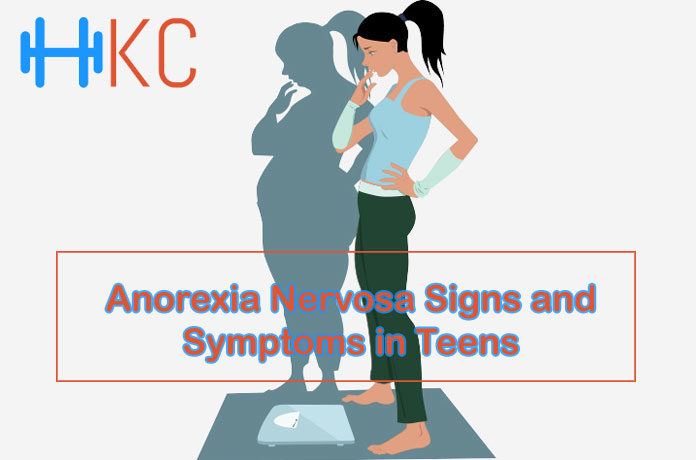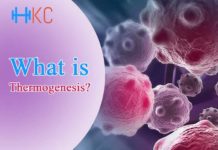
Most parents and teens have heard of anorexia nervosa. Whether they have watched a television special or movie on the subject or have read up on the topic online, the condition is common enough that most people believe they know the signs of someone who has developed this type of eating disorder. In reality, eating disorders such as anorexia nervosa involve much more than losing weight. Anorexia nervosa is a very serious and complex mental health condition that can affect people of all ages, but typically develops in the teen or early adult years. In fact, eating disorders in adolescence are so common more than 5 percent of children aged 13 to 18 will develop an eating disorder at some point in their lifetime. With the help of early intervention and a strong support system at home, teenage eating disorders treatment can be effective. Keep reading to learn more about the signs of anorexia nervosa and other eating disorders in teens and when to seek treatment.
Eating Disorders in Adolescence: Common Signs of Anorexia Nervosa
Anorexia nervosa is characterized by drastic weight loss or the inability to reach an appropriate weight for young children. People with this type of mental health disorder have a difficult time maintaining a weight deemed medically appropriate for their age, height and general stature. In many cases of anorexia nervosa, individuals may also experience a distorted or negative body image. The condition may also co-occur with mental health conditions such as depression, anxiety and substance abuse.
Before families begin the search for teenage eating disorders treatment, it is important to learn more about the common signs of the condition and how these disordered behaviors can affect everyone in the family. Some of the most common signs of eating disorders such as anorexia nervosa include:
- Dramatic weight loss as a result of a combination of issues such as frequent dieting, calorie counting, excessive exercise and fasting.
- Teens with the condition may have an obsession with not only food, but their general body shape and weight. They may try to hide their body shape in baggy or ill-fitting clothing.
- The development of certain food rituals can also be common. Teens may begin by obsessing over calories and move onto avoiding entire food groups, only eating foods in a particular order, excessively chewing each bite of food or “playing” with their food before eating.
- Individuals with anorexia nervosa may also look for reasons to skip meals or avoid eating around others. They may like to cook food for others without ever eating themselves and eventually, become isolated from others as they avoid social situations that may involve food.
- Women with this type of eating disorder can experience issues with their menstrual cycle and often have infrequent periods. If left untreated, anorexia nervosa can also prevent them from having a period altogether.
Why Are Eating Disorders in Teens So Common?
While they can develop at any age, eating disorders in adolescence are much more common. Researchers believe this has to do with a number of different factors including puberty, peer pressure, brain development and in some cases, trauma. While eating disorders in adolescence can be frightening and confusing for loved ones, with proper treatment long-term recovery is possible.
Teenage Eating Disorders Treatment at Clementine
Eating disorders such as anorexia nervosa should be taken very seriously by teens and their families. Just because eating disorders in adolescence are common, does not mean they will simply go away with age and maturity. In fact, if left untreated, eating disorders in teens can have life-threatening health consequences. Interested in learning more about the benefits of comprehensive teenage eating disorders treatment? Please call 1.855.900.2221 to speak to one of our compassionate admissions specialists today.









































